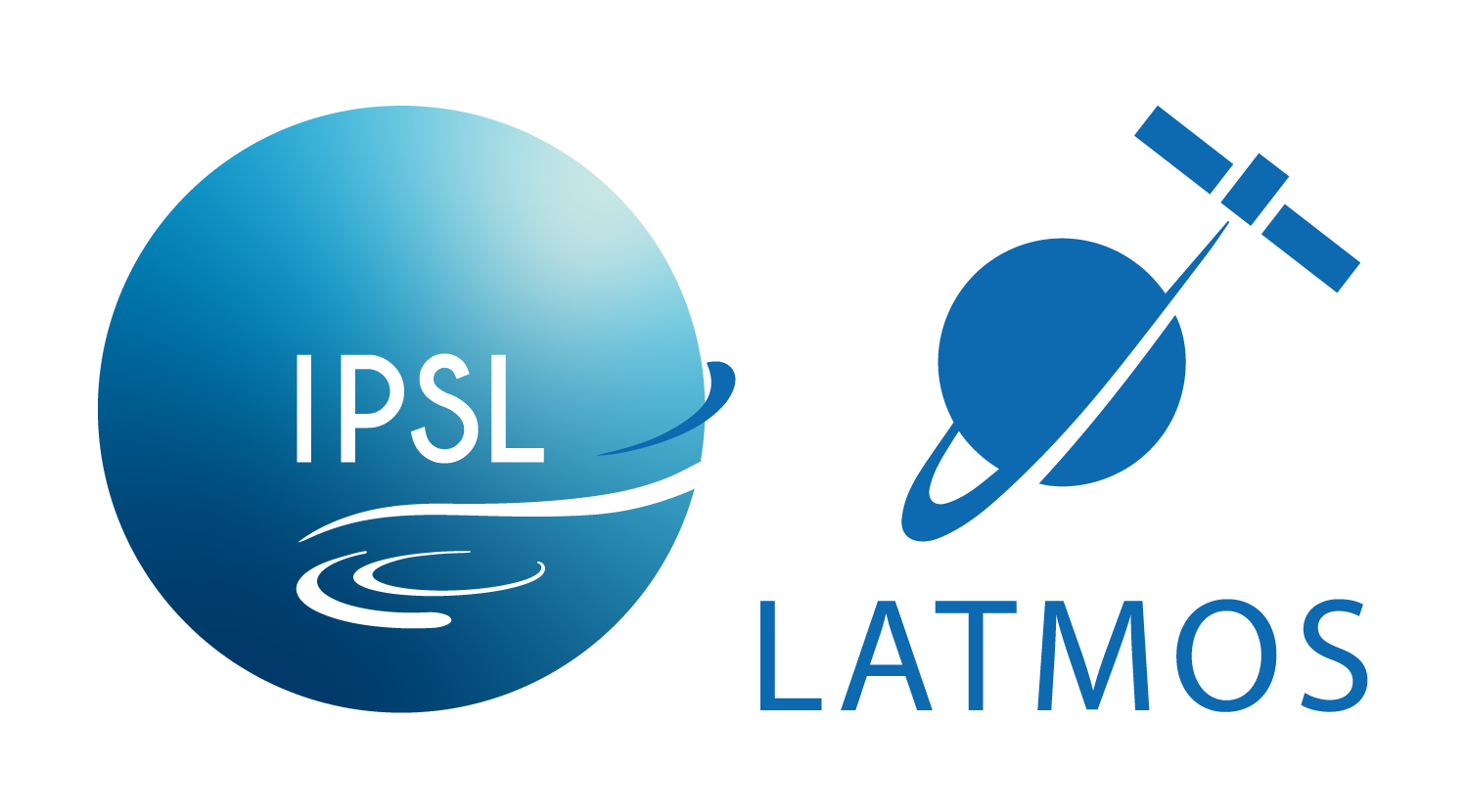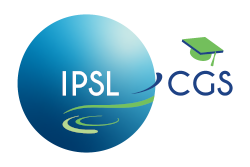Les offres
Si tu es intéressé·e par une offre de stage, rapproche-toi de l’équipe pédagogique de ta formation, pour faire valider l’offre de stage proposée.

Retrouve toutes les offres de stage et d’emploi.

 22-09-2025
22-09-2025
 Se ferme:
01-01-2026
Se ferme:
01-01-2026
 Vues: 420
Vues: 420

Ammonia (NH₃), a gaseous atmospheric compound mainly emitted by agriculture, contributes to fine particulate matter formation affecting air quality and health. France aims to reduce NH₃ emissions by 13% by 2030 compared to 2005, but accurately quantifying these emissions is challenging due to high uncertainties in existing inventories. Chemical transport models used for simulating aerosols and forecasting air quality require robust observational data for validation. Satellite observations provide valuable spatial coverage of NH₃ but need calibration with reliable reference data. Ground-based measurements offer this potential reference, though there are limited in France and concerns remain about measurement artifacts and spatial representativeness.
To address these challenges, the ROSAS project aims to develop a methodological guide to support the deployment of potential future ammonia monitoring networks, in support of satellite data use. In this frame, the work focuses on the development and evaluation of a methodology to infer surface-level atmospheric NH₃ concentrations from satellite-derived total column data derived from satellite observations. A dataset combining ground-based and satellite measurements will be constructed to train models, using various statistical and machine learning techniques (e.g., linear regression, Lasso, Ridge, random forests, multivariate adaptive regression splines, extreme gradient boosting, and neural networks). Model performance will be evaluated on an independent validation dataset using statistical metrics such as bias, correlation, and root mean square error (RMSE). The impact of training dataset size on the model performance will also be assessed to determine the minimum data volume required for satisfactory predictions. The objective is to generate surface NH₃ concentration maps from total column measurements obtained by the IASI satellite instrument. To ensure seasonal representativeness and improve the robustness of both training and validation processes, datasets will be balanced across all four seasons.
This task will build upon previous experiments carried out using ground-based measurements from three specific regions of France (Auvergne-Rhône-Alpes, Grand Est, and Bretagne) in combination with machine learning techniques implemented through libraries such as PyTorch and scikit-learn. The proposed work aims to enhance the robustness of the approach by adapting, improving and extending these methods so that they can be effectively applied to a new, significantly larger target dataset that spans a wider range of areas across Europe, and contains more abundant and diverse measurements.
Required qualifications and skills :
· Master’s degree (M2 level) in environmental sciences, mathematics, artificial intelligence, with a focus on atmospheric physics or chemistry
· Proficiency in computer programming (e.g., Python, MATLAB, or equivalent), big data, and familiarity with Linux-based environments
· Solid understanding of artificial intelligence, including machine learning and deep learning techniques
· Familiarity with machine learning libraries such as PyTorch and scikit-learn, or other equivalent frameworks (e.g., TensorFlow, Keras)
· Strong command of English (written and spoken)
